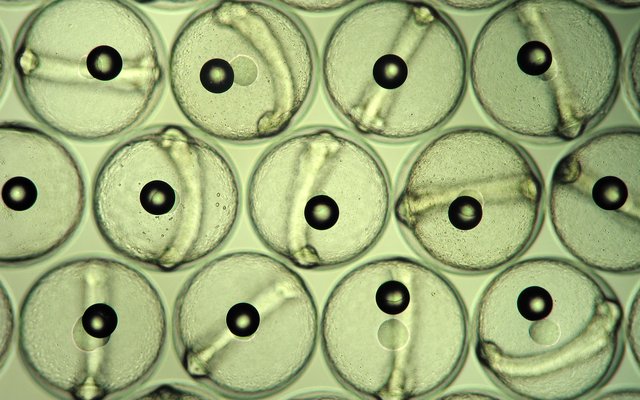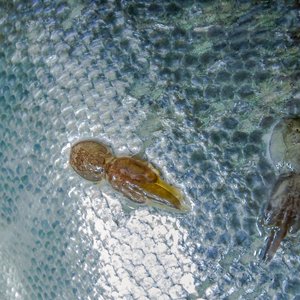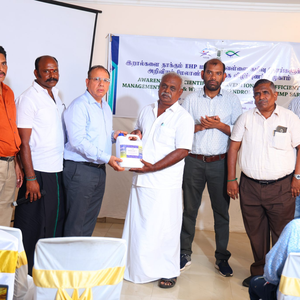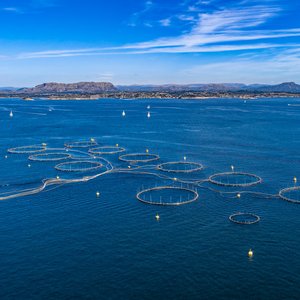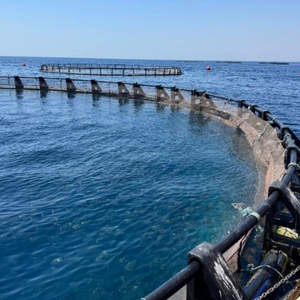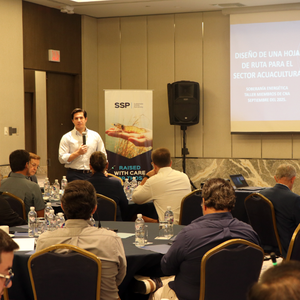Tuna spawns in some of the warmest and most oligotrophic areas worldwide. At the same time, starvation is often considered the main source of mortality for fish larvae. In addition, the Mediterranean Sea is known for its low surface productivity, especially in summer, when high temperatures reduce the availability of food for the larvae of marine species. Despite this, bluefin tuna manages to reproduce successfully in this region.
A group of researchers from the Balearic Oceanographic Center of the Spanish Institute of Oceanography (IEO-CSIC), in collaboration with the Norwegian universities of Bergen and Oslo, analyzed how bluefin tuna larvae can overcome this dietary limitation thanks to a flexible and efficient diet. Although prey is scarce, the larvae consume small amounts of planktonic organisms such as nauplii, copepods, and cladocerans, which allow them to meet their energy needs.
The scientific group used a bioenergetic model that integrates information on metabolism, water temperature, and prey abundance in the sea to estimate whether the larvae can grow under different conditions.
The results indicate that, even in areas with low food availability, larvae can achieve optimal growth rates if they consume prey with higher energy values. This finding is especially relevant for years with higher surface temperatures, as their metabolism also accelerates and they require more energy to sustain themselves. These results have identified a temperature threshold close to 28°C, beyond which the larvae can no longer compensate their metabolic demands with the available food, which could have serious implications in global warming scenarios. Also, this knowledge gained will help researchers to better understand the factors that determine successful larval survival, and how marine heat waves can affect bluefin tuna breeding grounds.
Reference:
Reglero, P., Tugores, M. P., Titelman, J., Santandreu, M., Martin, M., Balbín, R., Alvárez-Berastegui, D., Torres, A. P., Calcina, N., Leyva, L., Fiksen, Ø. (2025). Bluefin tuna (Thunnus thynnus) larvae exploit rare food sources to break food limitations in their warm oligotrophic environment. Journal of Plankton Research. Volume 47, Issue 2. https://doi.org/10.1093/plankt/fbaf006


